
About Mumbai Trans Harbour Link (MTHL) Project:
- MTHL is a 21.8-kilometer, Road Bridge connecting the Indian city of Mumbai with Navi Mumbai, its satellite city.
- It is the longest sea bridge in India. The total length of MTHL Bridge is 21.8 km, of the length on the sea is 16.50 km and the land portion is 5.5 km.
- The bridge begins in Sewri, South Mumbai, and crosses Thane Creek north of Elephant Island, and will terminate at Chirle village, near Nhava Sheva.
- The foundation stone for the MTHL project was laid in December 2016.
- 85% of the MTHL project’s construction is being financed by the Japan International Cooperation Agency (JICA).
- The Mumbai Metropolitan Region Development Authority (MMRDA) manages the MTHL construction.
- Project Benefits:
- The MTHL Bridge gives faster connectivity with the proposed Navi Mumbai International Airport, JNPT Port, Mumbai–Pune Expressway, and Mumbai–Goa Highway.
- On the Mumbai side, connectivity with the coastal road is planned through the Sewri Worli Elevated Connector project.
- Features:
- This concrete bridge will feature a 4 km steel span section in the middle to allow for ships to pass underneath.
- It also incorporates seven orthotropic steel deck (OSD) spans, ranging from 90m to 180m, a first-of-its-kind application in India.
- MTHL will feature an intelligence transport system (ITS) and the other amenities required for a marine bridge.
- The traffic conditions on the stretch will be monitored and managed from the traffic control centre with the help of CCTV cameras and related facilities installed on the stretch.

About Indian Olympic Association (IOA):
- The IOA is the governing body for the Olympic Movement and the Commonwealth Games in India.
- As an affiliated member of the International Olympic Committee (IOC), Commonwealth Games Federation (CGF), Olympic Council of Asia (OCA), and Association of National Olympic Committees (ANOC), the IOA administers various aspects of sports governance and athletes’ welfare in the country.
- IOA oversees the representation of athletes or teams participating in the Olympic Games, Commonwealth Games, Asian Games, and other international multi-sport competitions of the IOC, CGF, OCA, and ANOC.
- Beyond participation in the Games, the IOA has also established various initiatives with different stakeholders for the development of sports education and Olympic studies.
- IOA is recognised by the Ministry of Youth Affairs and Sports.
- Foundation:
- It was established in 1927 with Sir Dorabji Tata and Dr. A.G. Noehren as the Founding President and Secretary General, respectively.
- It is registered as a Non-Profit Organisation under the Societies Registration Act of 1860.
- Members:
- The members of the IOA include National Sports Federations (NSFs), State Olympic Associations, IOC Members, and other select multi-sport organisations.
- In accordance with the Olympic Charter, the membership NSFs mostly include NSFs that govern sports featured in the sports programme of the Summer Olympic Games, Winter Olympic Games, Asian Games, and Commonwealth Games.
- Governance:
- It is currently governed by a 32-member Executive Council, headed by the President.
- The election for the Executive Council is held once in every four years.
- The working of the Executive Council is also assisted by different Standing Committees of the IOA that are constituted with experts in the subject-field to help in various aspects of governance.
Key Facts about Wrestling Federation of India (WFI):
- It is a governing body of wrestling in India.
- It was founded in 1958 and is based in New Delhi.
- It promotes wrestling players for the Olympics, Asian Games, National Wrestling Championships, and World Wrestling Championships.
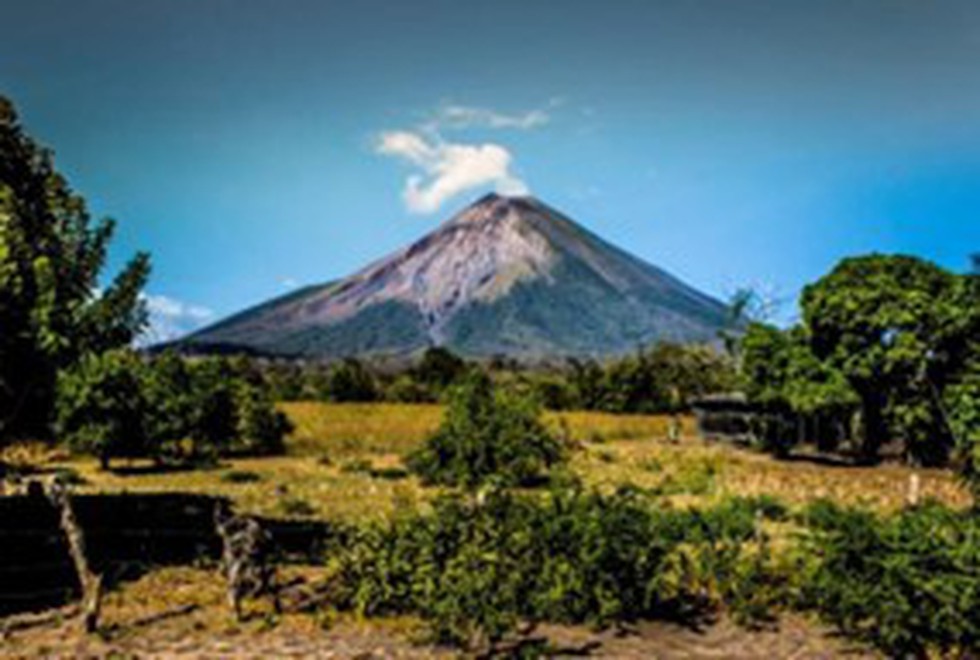
About Nicaragua:
- It is a country in Central America and the largest of the Central American republics.
- Borders:
- The country is bordered by Honduras to the north and Costa Rica to the south.
- The Pacific Ocean provides the border to the west, and the eastern border of the country is in the Caribbean Sea.
- History:
- It was the only country in Latin America to be colonized by both the Spanish and the British.
- It gained its independence from Spain in 1821 and became part of the Mexican Empire for several years.
- Then it joined a group of nearby countries with a central government in Guatemala City called the Provinces of Central America.
- Nicaragua split from the group in 1838 and became fully independent.
- Form of Government:
- It is a Republic. The president is elected by popular vote for a five-year term.
- Power is divided among four governmental branches: the executive, legislative, judicial, and Supreme Electoral Council.
- Capital: Managua
- Official Languages: Spanish, English, indigenous languages
- Currency: Nicaraguan córdoba (NIO)
- Population:
- It is made up mostly of mestizos(people of mixed European and indigenous ancestry).
- Most people live in the western Pacific lowland region between the Pacific coast and Lake Managua.

About Parkinson’s Disease:
- It is a progressive neurological disorder that affects the nervous system and the parts of the body controlled by the nerves.
- It is a condition in which a patient has limited or no control over his movements and body balance.
- The risk of developing Parkinson’s disease naturally increases with age, and the average age at which it starts is 60 years old.
- Many studies have suggested that men are more likely to be affected by Parkinson’s than women.
- Cause:
- It is caused by the degeneration of nerve cells in the part of the brain called the substantia nigra, which controls movement.
- These nerve cells die or become impaired, losing the ability to produce an important chemical called dopamine.
- Dopamine operates with other neurotransmitters to help coordinate the millions of nerve and muscle cells involved in the movement.
- Lack of dopamine causes the slowed movements and tremors symptoms of Parkinson's disease.
- Symptoms:
- Parkinson's disease symptoms can be different for everyone.
- Early symptoms may be mild and go unnoticed.
- Symptoms often begin on one side of the body and usually remain worse on that side.
- Parkinson's symptoms may include:
- Tremors(trembling in the hands, arms, legs, and jaw); rigidity (stiffness of the limbs); slowness of movement; and impaired balance and coordination.
- Patients may also experience other symptoms such as difficulty in swallowing, chewing, and speaking, urinary problems, constipation, skin problems, depression, emotional changes, and sleep disruption.
- Diagnosis: Currently, no blood laboratory or radiological tests are available to diagnose Parkinson’s disease.
- Treatment: There's no cure for this disease, but treatments can help significantly improve your symptoms.
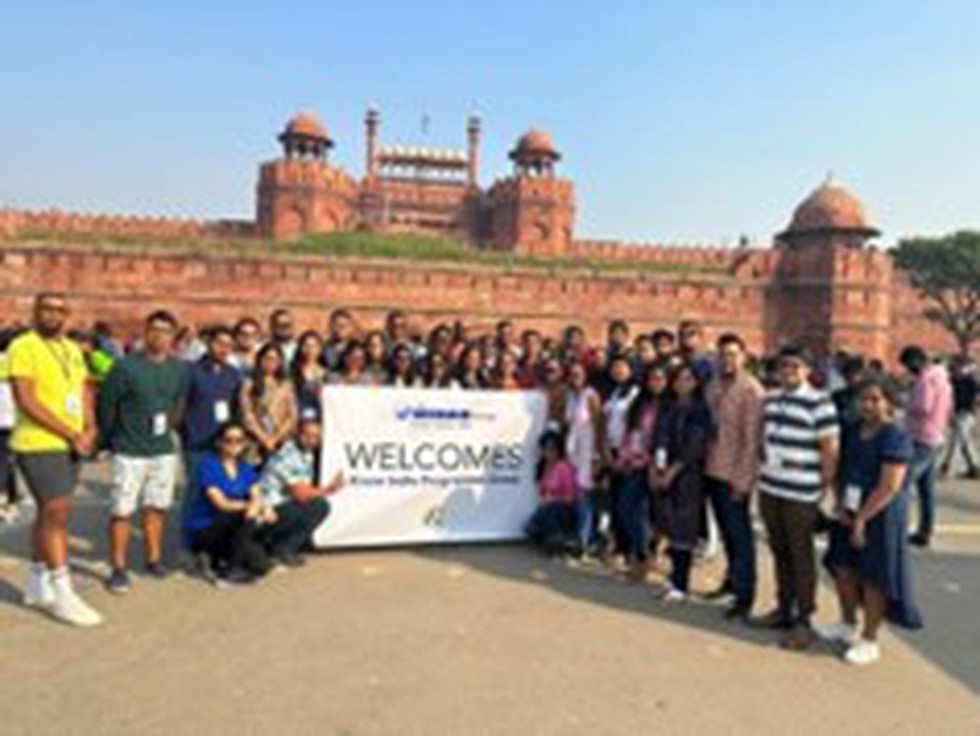
About the Know India Programme (KIP):
- KIP is a flagship programme of the Ministry of External Affairs for engagement with Indian origin youth (between 18 and 30 years old).
- It is a three-week orientation programme for diaspora youth conducted with a view to promoting awareness of different facets of life in contemporary India.
- The programme has been in existence since 2003.
- Features of KIP:
- As a part of the programme, the applicants finalized through the selection process visit India for a 21-day schedule.
- 90% of the cost of international airfare for KIP participants visiting India is borne by the Ministry, while the remaining 10% is borne by the applicants themselves.
- During the period of their stay in India, the Ministry provides for their accommodation, meals, and domestic transportation by road/air.
- During the period of their stay in India, the KIP participants are given insights into their understanding of India’s political system, economy, society, and developments in various key sectors.
- Further, they are also provided exposure to India’s history and heritage by visiting places of historical and cultural significance.
- The Ministry also facilitates their interactions with students and professionals from various fields, along with arranging for meetings and call on visits with senior officials and leadership.
- The KIP participants are also taken for a 7–10-day state visit to one or more Indian states as a part of the Programme.
- Eligibility Criteria:
- The programme is open to youth of Indian origin (excluding non-resident Indians) in the age group of 18-30 years, with preference given to those from Girmitiya countries (Mauritius, Fiji, Suriname, Guyana, T&T, Jamaica, etc.).
- The applicant should not have participated in any previous KIP or Internship Programme for Diaspora Youth (IPDY) Study India Programme of MEA or any other such programmes organised by the Government of India or a State Government in India.
- Those who have not visited India before will be given preference.
- The minimum qualification required for participating in KIP is graduation from a recognized University /Institute or enrolled for graduation.
- The applicants should be able to speak in English, have studied English as a subject at the High School level, or have English as the medium of instruction for undergraduate course.
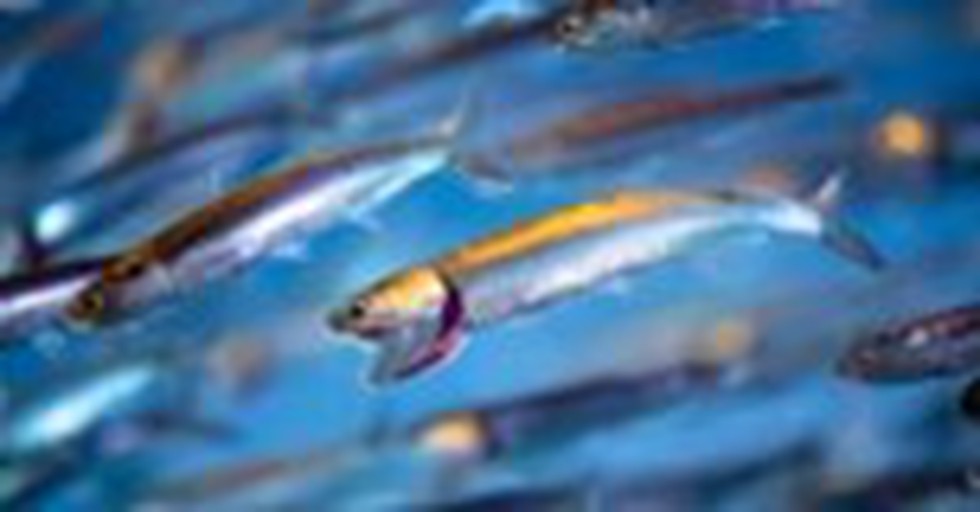
About Sardine run:
- Shoals of the marine species are fluttering in shallow waters along the coast at Keri-Terekhol, about 40 km from Panaji.
- Reason: This marine event is “very rare” and it usually happens due to sudden changes in the temperature of sea surface water where sardines live.
- A drop or rise in sea surface temperature can induce migration of sardines in higher numbers and sometimes they get trapped in shallow waters.
Key facts about Sardine fish
- It belongs to the herring family, Clupeidae.
- The name sardine can also refer to the common herring (Clupea harengus) and to other small herrings or herring like fishes when canned in oil.
- Habitat: They are found in saltwater oceans, seas, and other bodies of water throughout the world.
- Distribution: Found all over the world from the North Atlantic and Pacific Oceans to the Mediterranean Sea, the Indian Ocean, and the waters around South America.
- These are small, silvery, elongated fishes with a single short dorsal fin, no lateral line, and no scales on the head.
- They migrate along the coast and feeding on plankton.
- It is an excellent source of omega-3 fatty acids, which promote heart health.
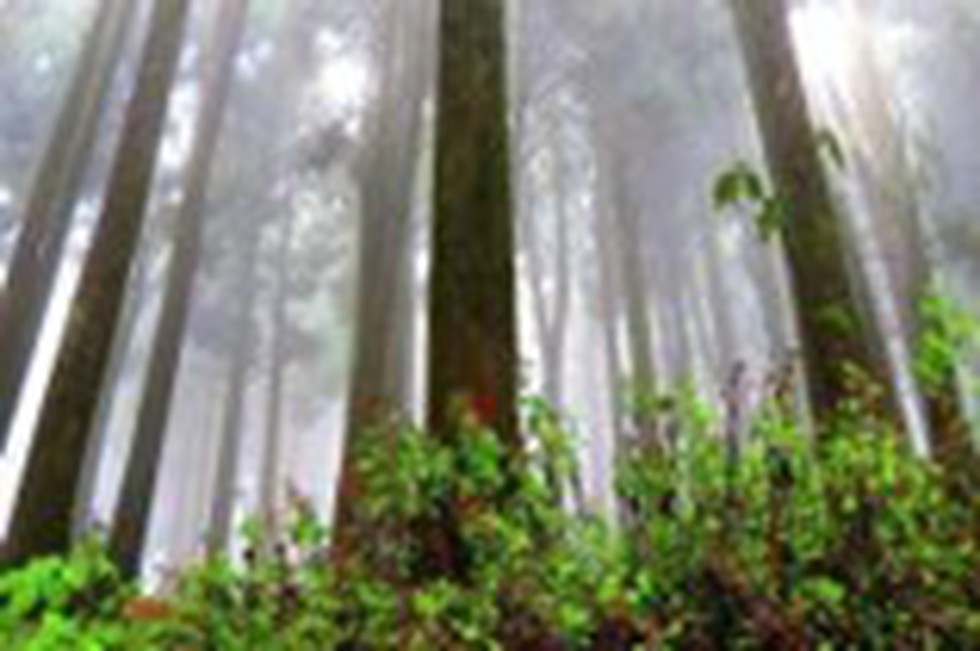
About Neora Valley National Park:
- It is located in the Kalimpong district of West Bengal.
- It is one of the richest biological zones in the entire Northeast.
- Boundaries
- It is contiguous with Sikkim and Bhutan at its northern and north-eastern boundaries respectively and links the Pangolakha Wildlife Sanctuary in Sikkim and the Toorsa Strict Reserve of Bhutan.
- The southern boundaries of the Park are adjoining to the forests of Jalpaiguri district which have connectivity with the Chapramari Wildlife Sanctuary and the Gorumara National Park.
- The highest point of the park is Rachela Pass.
- It consists of the characteristics of all the three sub-regions, namely Himalayan Montane System, Indian Peninsular Sub-region and the Malayan sub-region.
- Four habitat types are recognised viz. Subtropical Mixed Broadleaf Forest, Lower Temperate Evergreen Forest,Upper Temperate Mixed Broadleaf Forest and Rhododendron Forest.
- Vegetation: Dry Mixed Forest, Wet Mixed Forest, Lauraceous Forest, Bak-Oak Forest, High level oak Forest, Coniferous Forest and Himalayas Moist Temperate Forest.
- Flora: The forests consists of mixed species like rhododendron , bamboo, oak, ferns, sal etc.
- Fauna: Red Panda, Himalayan Tahr, Himalayan Black Bear, Sambar, Barking Deer, Serow, Goral, Dhole and Gaur etc.
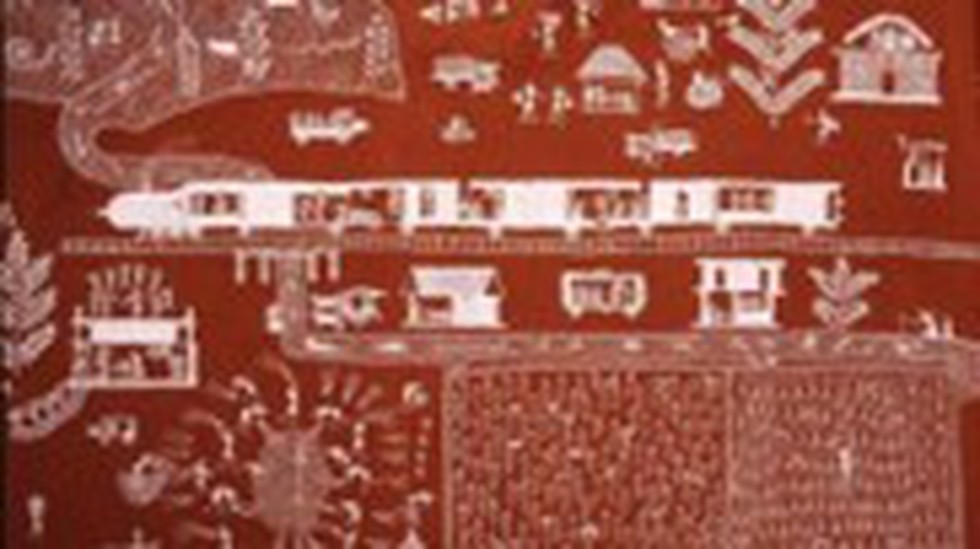
About Warli Paintings:
- It is a style of tribal art created by the tribal people from the North Sahyadri Range in Maharashtra.
- This art form can be traced back to 10th century AD but was first discovered and appreciated for its distinctive style only in the early 1970s.
- It was traditionally practised by women of the Warli tribe called Suvasinis, who decorated the Lagna Chowk or the wedding square.
- Theme:
- Warli represents the daily routine of rural life, the relationship of the tribal people with nature, their gods, myths, traditions, customs, and festivities.
- These rudimentary wall paintings use a set of basic geometric shapes: a circle, a triangle, and a square.
- The central motif in each ritual painting is the square, known as the "chauk" or "chaukat", mostly of two types known as Devchauk and Lagnachauk.
- One of the central aspects depicted in many Warli paintings is the tarpa dance. The tarpa, a trumpet-like instrument, is played in turns by different village men. Men and women entwine their hands and move in a circle around the tarpa player.
- Painting technique and materials
- First design is selected.
- Without tracing design, it is directly drawn on paper or cloth.
- Cleverly modified bamboo sticks are used as paint brushes to create the paintings.
- The colours and materials used for the paintings are derived from nature like brown and orange from henna, indigo from dye, red from bricks and white from thick rice paste.
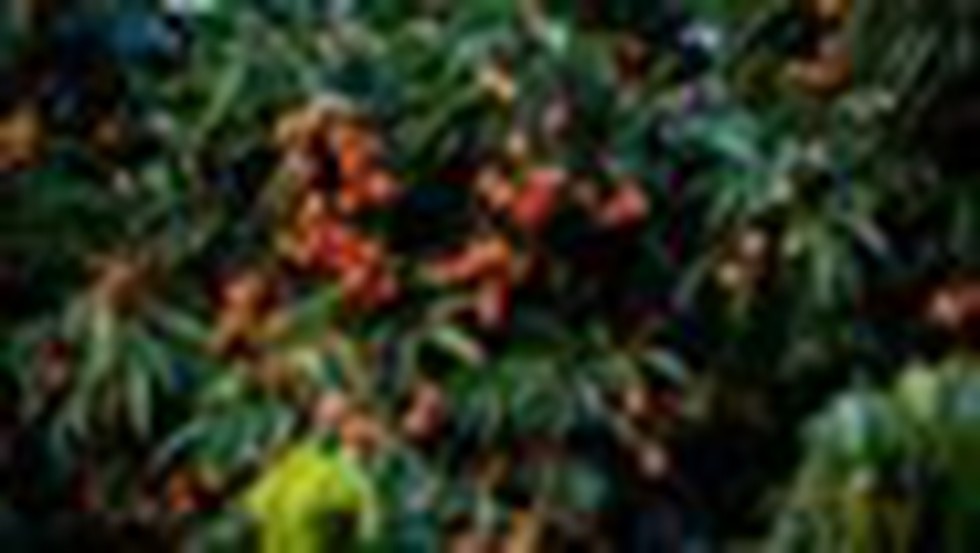
About Litchi cultivation:
- Litchi is a delicious juicy fruit of excellent quality. Botanically it belongs to Sapindaceae family.
- The translucent, flavoured aril or edible flesh of the litchi is popular as a table fruit in India.
- Agro-climatic requirements
- Litchi is a sub-tropical fruit and thrives best under moist sub-tropical climate.
- It usually prefers low elevation and can be grown up to an altitude of 800 m.
- Soil: Deep, well drained loamy soil, rich in organic matter and having pH in the range of 5.0 to 7.0 is ideal for the crop.
- Temperature: The temperature should not go beyond 40.5 degrees Celsius in summer and below freezing point in winter.
- Rain: Prolonged rain may be harmful especially at the time of flowering, when it interferes with pollination.
- The young trees require protection against frost and hot winds for several years till they are firmly established, even though some variation in temperature is necessary for proper fruiting of trees.
- Frost during winter and dry heat in summer are limiting factors for its successful cultivation.
- In India, the commercial cultivation was traditionally restricted to the north in the foot hills of Himalayas from Tripura to Jammu & Kashmir and plains of Uttar Pradesh and Madhya Pradesh.
- However, with growing demand and viability of the crop, commercial cultivation has spread to several other states viz. Bihar, Jharkhand, Madhya Pradesh, Chhattisgarh etc.
- India is the second largest producer of litchi in the World after China. Other major producing countries are Thailand, Australia, South Africa, Madagascar and the US.
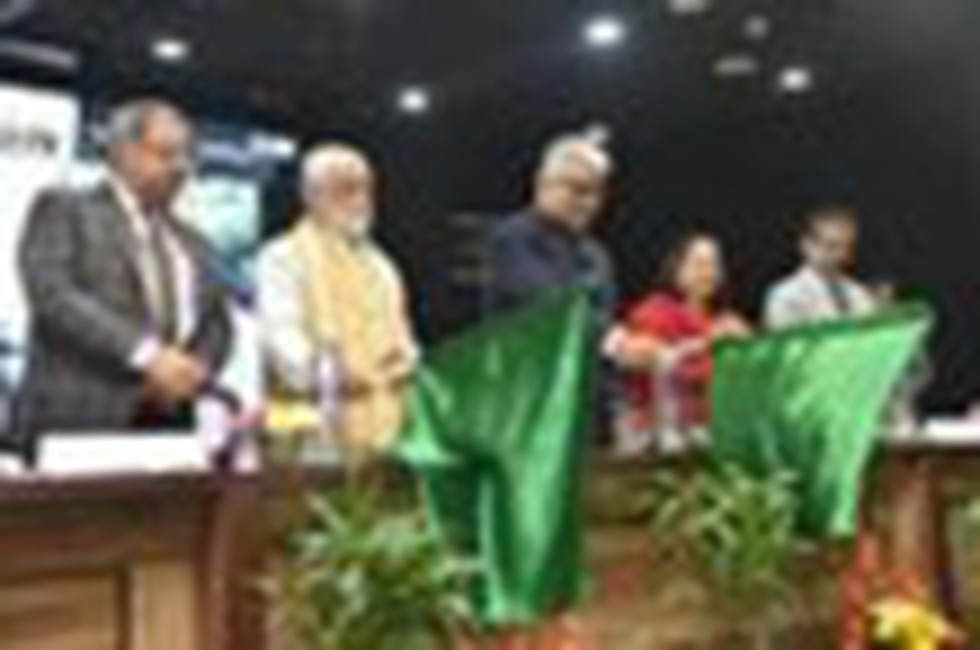
About National Transit Pass System:
- It is to facilitate the seamless transit of timber, bamboo, and other forest produce across the country.
- Currently, the transit permits are issued for transport of timber and forest produce based on state specific transit rules.
- The NTPS is envisioned as a "One Nation-One Pass" regime, which will enable seamless transit across the country.
- This initiative will streamline the issuance of timber transit permits by providing a unified, online mode for tree growers and farmers involved in agroforestry across the country, contributing to the ease of doing business.
- It offers seamless transit permits, managing records for both inter-state and intra-state transportation of timber, bamboo and other forest produce obtained from various sources like private lands, government owned forest and private depots.
- The QR coded transit permits generated under NTPS will allow check gates across various states to verify the validity of the permits and allow seamless transit.
- It is designed for user convenience, featuring desktop and mobile applications for easy registration and permit applications.
- Transit permits will be issued for tree species which are regulated, while the users can self-generate No Objection Certificates for exempted species.
- Presently, 25 States and Union Territories have embraced the unified permit system, streamlining interstate business operations for producers, farmers, and transporters.
- Nodal Ministry: Ministry of Environment, Forest and Climate Change


























































































































































.png)
.png)
.png)
.png)
.png)


.png)
.png)
.png)





.png)
.png)






.png)
.png)
.png)
.png)
.png)
.png)
.png)
.png)
.png)

.png)







.png)
.png)


.png)
.png)
.png)


.png)

.png)
.png)





.jpg)

.png)
.png)


.png)

.png)
.png)
.png)

.jpg)

.jpg)


.png)

.png)
.png)
.png)
.png)
.png)
.png)
.png)
.png)
.png)
.png)




.png)

.png)





.png)
.png)
.png)
.png)
.png)
.png)
.png)
.png)
.png)
.png)
.jpg)
.jpg)

.png)
.png)
.png)
.png)
.png)
.png)
.png)
.png)
.png)
.png)
.png)
.png)
.png)
.png)
.png)
.png)
.png)
.png)
.png)
.png)
.png)
.png)



.png)
.png)

.jpg)
.jpg)


.jpg)
.jpg)
.jpg)
.jpg)
.jpg)

.jpg)








.jpg)
.jpg)
.jpg)
.jpg)
.jpg)

















.jpg)
.jpg)







.jpg)


















.jpg)
.jpg)






























































































.jpg)
.jpg)


























.jpg)

.jpg)










.jpg)








.jpg)




.jpg)










.jpg)


















.jpg)












































.jpg)














.jpg)
.jpg)
.jpg)





.jpg)

.jpg)
.jpg)





































































.jpg)


































.jpg)
.jpg)
















































.jpg)












.jpg)


.jpg)




.jpg)
.jpg)
.jpg)

.jpg)
.jpg)
.jpg)
.jpg)

.jpg)
.jpg)
.jpg)

.jpg)
.jpg)
.jpg)
.jpg)
.jpg)
.jpg)
.jpg)
.jpg)

.jpg)


.jpg)
.jpg)
.jpg)
.jpg)
.jpg)
.jpg)
.jpg)
.jpg)
.jpg)
.jpg)











.jpg)
.jpg)





.jpg)
.jpg)
.jpg)
























.jpg)
























.jpg)









.jpg)
.jpg)







.jpg)
.jpg)









































.jpg)
.jpg)
.jpg)
.jpg)
.jpg)

.jpg)
.jpg)
.jpg)
.jpg)
.jpg)


.jpg)
.jpg)
.jpg)
.jpg)
.jpg)

.jpg)
.jpg)
.jpg)
.jpg)
.jpg)
.jpg)
.jpg)
.jpg)
.jpg)
.jpg)
.png)

.png)
.png)

.png)
.png)
.png)
.png)


.jpg)
.jpg)

.jpg)
.jpg)
.jpg)

.png)
.png)
.png)
.png)
.png)
.png)
.png)

.png)
.png)
.png)
.png)
.png)
.png)
.png)
.png)
.png)
.png)





































































-min.png)



.png)




.png)








































